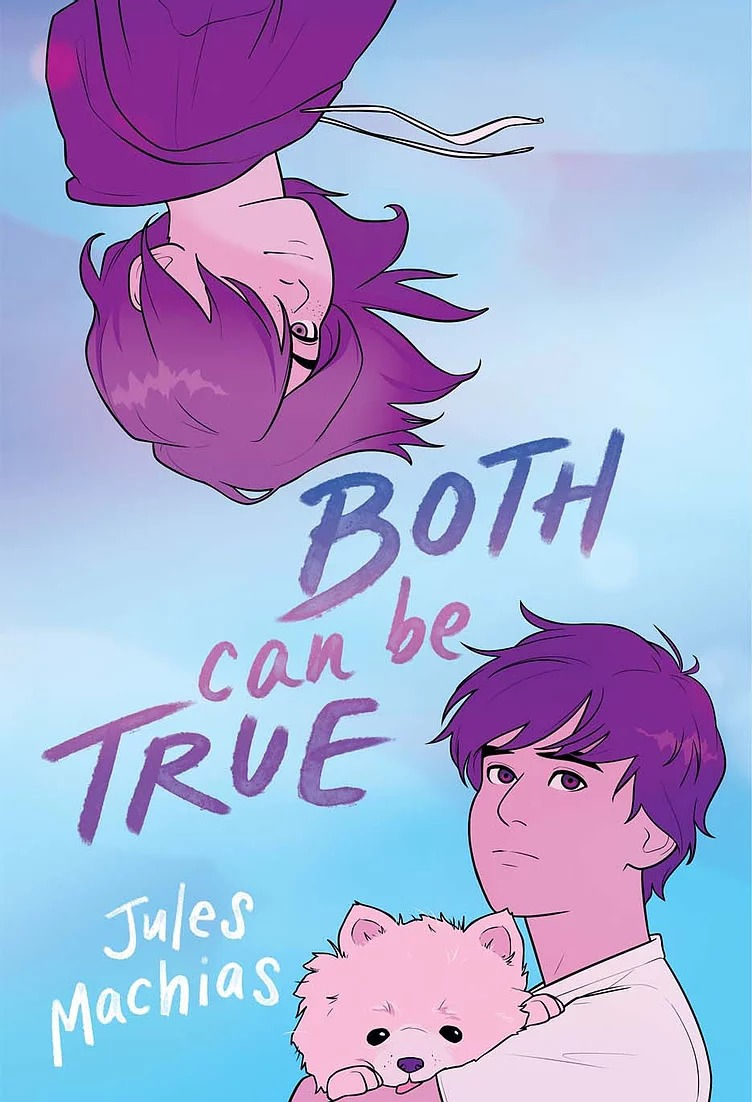A Deeper Look Into the Book: Both Can Be True
- GIC
- Jul 14, 2021
- 2 min read
Updated: Jul 23, 2021

Targeted Ages: Best for fifth grade (ages 10 and 11) and up.
Plot: Ash, a white adolescent, just started at a new middle school after a whirlwind experience at their last one (their dad left, they got sick, they were bullied because of their gender expression, and they had to repeat a grade). They are witty, creative, intelligent, and thoughtful, but also inundated with obsessive thoughts about which gender they most feel on any given day. Because of judgment and pressure from their father, Ash feels compelled to assign a gender (either boy or girl) to every outfit, emotion, and activity, leading to myriad tricky situations.
In photography class, Ash meets Daniel, a sweet, emotional cisgender boy who volunteers at a local animal shelter. After a colleague rescues an anxious Pomeranian named Chewbarka from being euthanized, circumstances become complicated and Daniel must hide the dog from both the vet staff and his family in order to save him from being put to sleep.
Ash and Daniel bond over keeping Chewbarka alive and content, and in the meantime, develop feelings for one another and uncover multiple similarities. For example, both are creative spirits and animal lovers who defy gender norms and have dads who left home. Unlike his toxically masculine twin brother, Daniel is in touch with his emotions and cries a lot, to his family's disdain. However, Daniel reads Ash as a cis girl, and when she reveals that she doesn't identify as just one gender, Daniel briefly worries about that that means about him and his own sexuality.
Through caring for Chewbarka and struggling to keep the dog a secret, the two uncover a lot about themselves and their complicated relationships to their families and to one another. The chapters alternate between Ash's perspective and Daniel's perspective, allowing room for both characters' robust personality and identity formation to flourish.
Where the book succeeds: Author Jules Machias is brilliant at realistically capturing middle schoolers, including their banter, their exchanges over social media, and seeking freedom while relying on the comfort and predictability of home. Machias also expertly encapsulating the thoughts, anxieties, and triumphs of a non binary adolescent. Furthermore, Ash is positively depicted as having synesthesia, and it manifests itself in Ash illustrating what certain sound patterns look like, which becomes an extension of their artistic and musical talent and appreciation.
While the plot is partially driven by Ash's gender exploration, Machias creates in Ash a well-rounded, confident character whom Daniel looks to for support and guidance.
Content warning: The book references animals being euthanized. There is a reference to a dog having been hit by a car and surviving. One of the characters references having played Spin the Bottle and having French kissed someone. Several times, a video is described wherein the protagonist, Ash, has their head held back against their will while another kid "pours Gatorade up their nose" and calls them a freak.
Want to buy it? Visit the author's personal site.


Comments